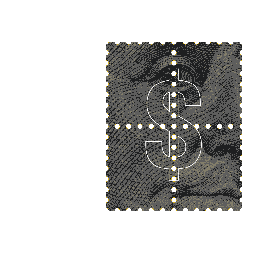Morningstar's U.S. Fund Fee Study
Morningstar's U.S. Fund Fee Study
Mutual fund investors have saved billions in fund fees over the past two decades. In 2022, the average expense ratio of all U.S. open-end mutual funds and exchange-traded funds was 0.37%, compared with 0.91% in 2002. From changes in the economics of advice to the shift toward fee-based models of charging, there are several factors that have driven fees lower. What does this landscape mean for asset managers?
Our report examines this trend with the help of Morningstar Direct, using the asset-weighted average mutual fund expense ratio as our measure. By leveraging these key insights, you can help retain clients and grow your business.

What's Inside
What's Inside
Uncover trends in fund fees paid by investors and charged by the industry.
Take a closer look at Morningstar’s service-fee arrangement attribute, which classifies funds into unbundled, semibundled, and bundled buckets.
Explore fee competition among the largest asset managers, including Vanguard, BlackRock, Fidelity Investments, and more.
Access an in-depth appendix of asset-weighted average fees and equal-weighted average fees.
